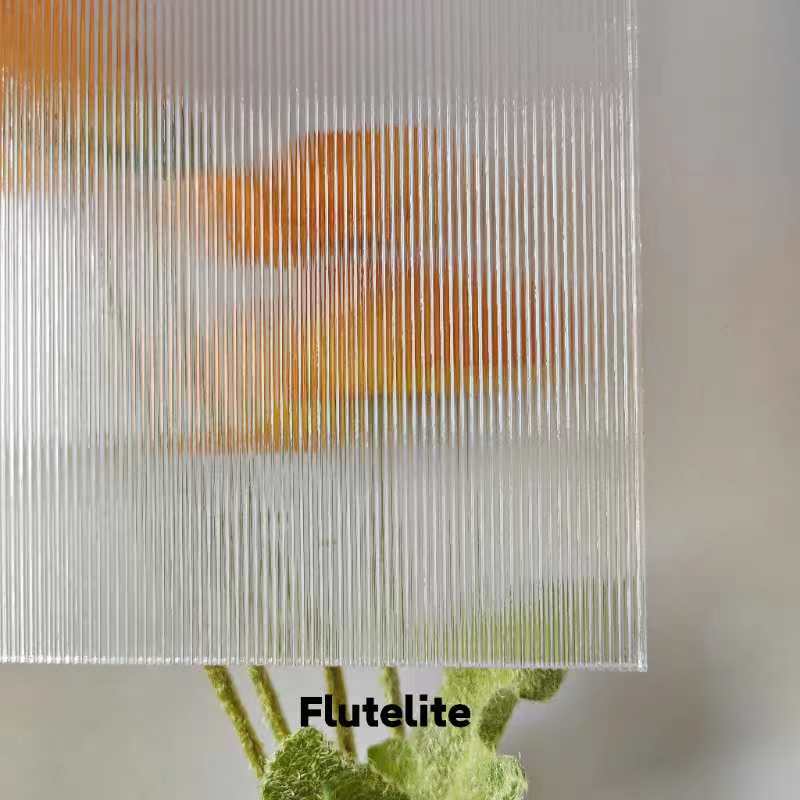

The Allure of Mirror Float Glass
Mirror float glass is a remarkable material in the world of architecture and design, combining functionality with aesthetic appeal. Originating from the float glass production process, this material offers a flawless reflective surface that has captivated designers and architects for decades.
Float glass is produced by floating molten glass on a layer of molten tin, creating a smooth and uniform surface. This manufacturing technique yields high-quality glass that is both lightweight and durable. When treated with a reflective coating, typically comprised of silver and protective layers, it becomes mirror float glass, ideal for various applications.
One of the most prominent uses of mirror float glass is in interior design. Homeowners and decorators love to incorporate it into living spaces to enhance brightness and create an illusion of space. By strategically placing mirrors, a room instantly feels larger and more inviting. This effect is not only appealing in residential settings but also in commercial spaces, where creating an expansive feel can attract customers and improve the overall atmosphere of a business.

In addition to aesthetics, mirror float glass serves practical purposes
. It is widely utilized in furnishings like mirrored cabinets, tables, and accents, combining elegance with functionality. Moreover, its reflective properties make it an essential element in the design of performance venues, such as theaters and concert halls, where acoustics and visuals are crucial.Another notable application of mirror float glass is in architecture. Architects often use it to create striking facades and buildings that reflect their surroundings, blending structures with nature. This is particularly evident in urban environments where mirrored surfaces can capture and reflect the dynamic life of a city, adding a layer of sophistication and modernity to the overall skyline.
Furthermore, advancements in technology have led to innovations in the coating processes used for mirror float glass, making it more durable and scratch-resistant. This development ensures that the mirrors maintain their luster and clarity over time, even in high-traffic areas or outdoor applications.
In conclusion, mirror float glass is not just a decorative element; it is a versatile material that plays a pivotal role in contemporary design and architecture. With its ability to enhance visual appeal, create depth, and reflect the beauty of its surroundings, mirror float glass is sure to continue captivating the imagination of designers and architects alike. Whether in homes, offices, or public spaces, the charm of mirror float glass endures, making it an essential component of modern aesthetics.